Home>Garden Essentials>How To Harvest Onion Seeds
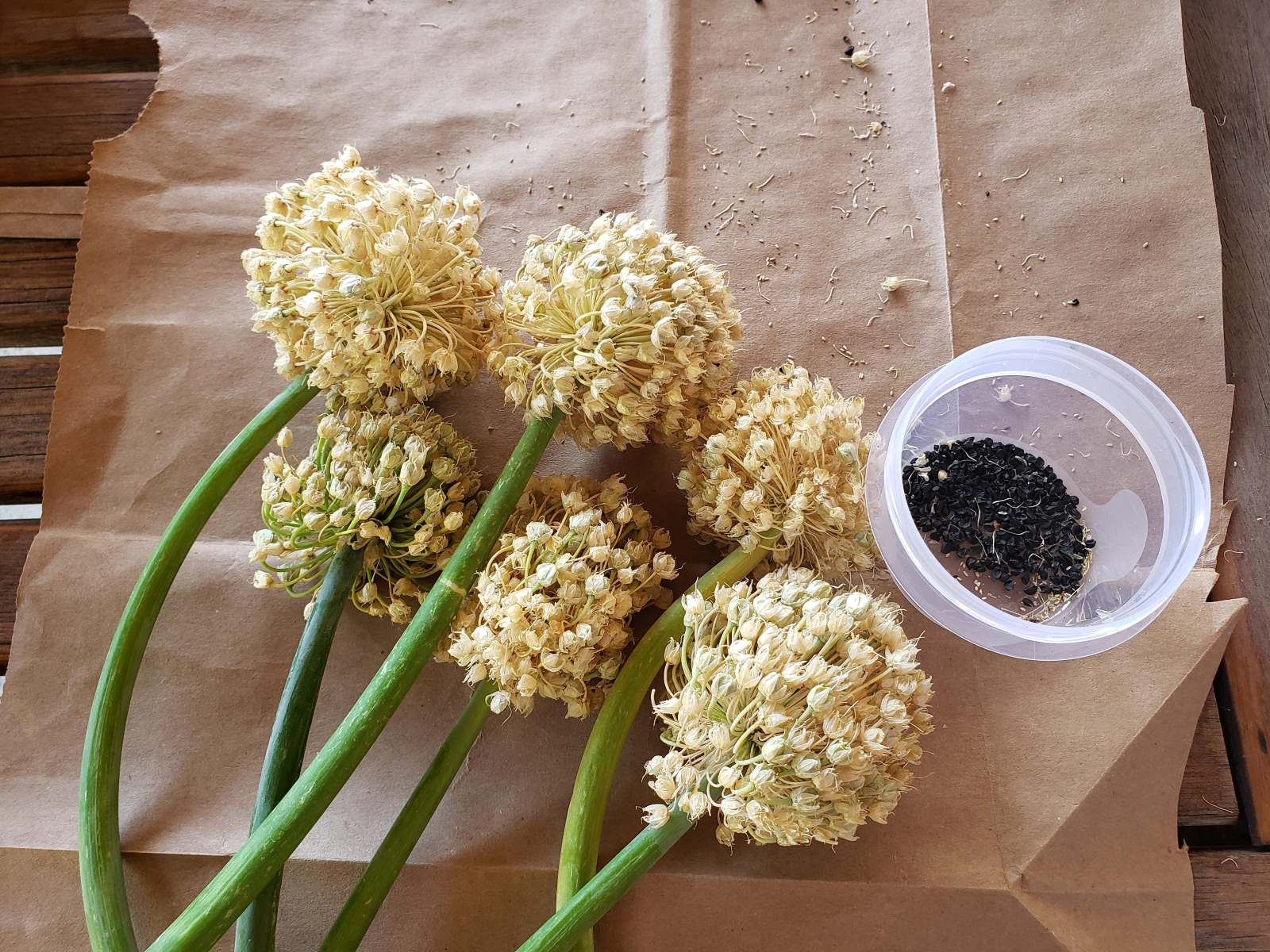

Garden Essentials
How To Harvest Onion Seeds
Modified: May 6, 2024
Learn how to harvest onion seeds in your garden and preserve them for future use. Follow these simple steps to ensure a successful seed harvest.
(Many of the links in this article redirect to a specific reviewed product. Your purchase of these products through affiliate links helps to generate commission for Storables.com, at no extra cost. Learn more)
Introduction
When it comes to growing your own onions, the satisfaction of enjoying fresh, flavorful bulbs straight from your garden is hard to beat. But have you ever considered taking your onion gardening skills to the next level and harvesting your own onion seeds? Harvesting onion seeds not only allows you to save money on buying new onion sets each year but also gives you the opportunity to select and preserve seed from your best plants, ensuring a continuous cycle of healthy and productive onions.
However, onion seed harvesting is not as straightforward as collecting seeds from other flowering plants. Onions are biennial plants, meaning they take two years to complete their life cycle. In the first year, they produce bulbs for eating, while in the second year, they develop flowers and produce seeds. To successfully harvest onion seeds, you need to understand the intricacies of this fascinating process.
In this article, we will guide you through the process of onion seed harvesting, from selecting the right onion varieties for seed saving to storing your precious seeds for future planting. So let’s dig in and discover everything you need to know about harvesting onion seeds!
Key Takeaways:
- Save money and preserve the best onion plants by harvesting your own seeds. Understand the process, select the right varieties, and store seeds properly for a continuous cycle of healthy onions.
- Prepare, harvest, and store onion seeds with care to ensure successful future plantings. Follow tips for selecting varieties, timing, and cleaning to maximize seed viability.
Read more: How To Harvest Begonia Seeds
Understanding Onion Seed Harvesting
Onion seed harvesting is a process that involves allowing the onion plants to mature and produce flowers, then collecting those flowers to extract the seeds. Unlike other plants where the seeds are readily available in the fruit or flower, onion seeds are hidden within the flower head, making it necessary to understand the different stages of seed development to ensure a successful harvest.
Onions are biennial plants, meaning they have a two-year growth cycle. In the first year, onion plants focus on developing a healthy bulb that can be harvested and consumed. During this time, the plant absorbs and stores nutrients in the bulb, preparing for the following year’s flower and seed production. It is crucial to allow the onions to fully mature in their first year to ensure that they have enough energy stored for seed development in the second year.
In the second year, the onion plant will send up a tall, flowering stalk. The stalk will produce clusters of small, star-shaped flowers that are typically white or pale pink in color. Each flower contains a potential seedpod that can develop into an onion seed. However, not all flowers will successfully produce seeds, as certain factors can affect seed viability.
One of the most critical factors that influence seed development is pollination. Onion flowers are primarily pollinated by insects, such as bees, that transfer pollen from one flower to another. Adequate pollination ensures the fertilization of the flowers and the development of viable seeds. To attract pollinators, it is essential to provide a bee-friendly garden and avoid using pesticides that may harm these beneficial insects.
Another factor to consider is the occurrence of bolting. Bolting is the premature flowering and seed production in onions, usually triggered by environmental factors such as temperature fluctuations and prolonged exposure to cold temperatures. Bolting can affect the quality and viability of the seeds, so it is crucial to select onion varieties that are less prone to bolting.
Understanding the onion plant’s life cycle and the factors that affect seed development is key to successful onion seed harvesting. By allowing the onions to fully mature in the first year, providing a pollinator-friendly environment, and selecting suitable onion varieties, you can maximize seed production and ensure the quality of the seeds you harvest.
Selecting the Right Onion Varieties for Seed Harvesting
Choosing the right onion varieties is crucial when it comes to seed harvesting. Not all onion varieties are suitable for seed production, as some may be more prone to bolting or have lower seed yields. To increase your chances of a successful seed harvest, here are some key factors to consider when selecting onion varieties for seed harvesting:
- Bolting Resistance: Look for onion varieties that are known for their bolting resistance. Bolting is when the onion plant prematurely produces flowers and seeds, which can affect the overall quality and viability of the seeds. Varieties with a reputation for bolting resistance will have a higher chance of producing healthy and viable seeds.
- Long-Day or Short-Day Onions: Onions are categorized into long-day and short-day varieties, depending on their light requirements for bulb formation. Long-day onions need 14-16 hours of daylight to form bulbs, while short-day onions require 10-12 hours. When selecting onion varieties for seed harvesting, choose the appropriate type based on the daylight hours in your region. This ensures that the plants have enough time and light conditions to develop mature bulbs and flowers in their first year.
- Open-Pollinated or Heirloom Varieties: Open-pollinated or heirloom onion varieties are excellent choices for seed harvesting. These varieties produce plants that are true-to-type and reliable for seed saving. They are often more adaptable to different growing conditions and have a long history of seed production. Additionally, open-pollinated and heirloom varieties may offer unique flavor profiles and characteristics that you can preserve and select for in future plantings.
- Local Adaptation: Consider selecting onion varieties that are known to thrive in your specific growing region. These varieties are likely adapted to the local climate, soil conditions, and pests and diseases in your area. By choosing locally adapted onion varieties, you increase the chances of seed success and maintain the genetic diversity of your region’s onions.
When selecting onion varieties for seed harvesting, it’s important to research and consult seed catalogs, gardening forums, or local agricultural extension offices for recommendations. These resources can provide valuable information on the best onion varieties for seed production in your specific region and climate. Remember to consider your own preferences for onion flavor and storage qualities as well.
By choosing the right onion varieties for seed harvesting, you set yourself up for a successful and rewarding seed saving experience. With careful selection, you can preserve unique onion characteristics, adaptability, and flavor profiles for future generations.
Preparing the Onion Plants for Seed Harvesting
Before you can begin the process of onion seed harvesting, it’s essential to properly prepare the onion plants for their second-year growth and seed production. Here are some steps to follow to ensure that your onion plants are ready for a successful seed harvest:
- Selecting Mature Bulbs: To prepare your onion plants for seed production, start by selecting mature bulbs from the previous growing season. Mature onion bulbs are usually larger in size, with well-formed layers and a dry papery outer skin. These bulbs have accumulated enough energy and nutrients to support the flowering and seed development process in the second year.
- Trimming and Storing Bulbs: After selecting mature bulbs, trim the foliage down to around 1-2 inches above the bulb. This helps redirect the plant’s energy towards developing the flower stalk and producing seeds. Place the trimmed bulbs in a cool, dry location with good airflow to let them go into dormancy. Proper storage conditions will prevent sprouting and keep the bulbs in optimal condition for planting in the second year.
- Overwintering Process: Onions require a period of cold dormancy to stimulate the transition from the vegetative to the reproductive phase. This process, known as vernalization, is crucial for the plants to develop flowers and seeds in the following year. Overwinter the stored bulbs by keeping them in a cool, dark location with a temperature range of 32-50°F (0-10°C) for a minimum of 8-12 weeks.
- Preparing the Planting Bed: Before transplanting the overwintered onion bulbs in their second year, prepare the planting bed by ensuring it has well-drained soil and full sun exposure. Onions thrive in loose, fertile soil with a pH range of 6.0-7.5. Incorporate organic matter, such as compost or well-rotted manure, to improve soil fertility and drainage.
- Planting the Onions: Transplant the overwintered onion bulbs into the prepared planting bed in early spring when the soil is workable and temperatures are consistently above freezing. Space the plants approximately 4-6 inches apart in rows that are about 12-18 inches apart. Gently press the bulbs into the soil, making sure the necks are exposed above the surface.
- Watering and Fertilizing: Onions require regular moisture to promote healthy growth and seed development. Keep the soil evenly moist, but avoid overwatering, as onions are prone to rot in excessively wet conditions. Apply a balanced organic fertilizer or compost tea during the growing season to provide the plants with essential nutrients.
By properly preparing the onion plants for seed harvesting, you create the ideal conditions for them to thrive in their second year. This will result in robust plants that produce flowers and develop abundant seeds. Remember to follow these steps and provide proper care throughout the growing season to maximize your chances of a successful seed harvest.
Identifying the Perfect Time for Seed Harvesting
Knowing when to harvest onion seeds is crucial to ensure optimal seed quality and viability. Harvesting too early may result in immature seeds that are less likely to germinate, while harvesting too late can cause the seeds to shatter and become less viable. Here are some indicators to help you identify the perfect time for onion seed harvesting:
- Flower Development: Keep a close eye on the flowering stalks of your onion plants. Watch for the flowers to fully develop and open, revealing their star-shaped petals. This is a sign that the seed pods are starting to form and mature. Depending on the variety, onion flowers may appear in late spring or early summer.
- Color Changes: As the onion seed pods mature, they will undergo color changes. Pay attention to the color of the seed pods and the surrounding flower head. The pods will transition from green to yellow or brown and become dry and papery. This indicates that the seeds are reaching their full maturity and are ready for harvesting.
- Seed Pod Opening: When the onion seed pods are fully mature, they will naturally start to open and release the seeds. This is known as seed shattering. It’s important to catch the onions at just the right time before the seed pods fully shatter. Harvesting too late can result in seed loss and reduced viability. Watch for the majority of the seed pods to open but try to harvest before significant seed shattering occurs.
- Seed Hardness: To determine if the onion seeds are ready for harvesting, gently squeeze the seed pods. If the pods feel firm and the seeds inside are hard and well-formed, it’s a good indication that they are ready to be harvested. If the pods feel soft or squishy, it’s a sign that the seeds are not yet fully mature and need more time on the plant.
Keep in mind that the timing for onion seed harvesting can vary depending on the specific variety, growing conditions, and your desired level of seed maturity. Some gardeners prefer to harvest seeds when they are slightly immature to ensure a higher germination rate, while others may prefer to wait until the seeds are fully mature for better storage and longevity.
It’s also important to consider weather conditions when planning your seed harvest. Try to avoid harvesting seeds during rainy or humid periods, as moisture can reduce seed viability and increase the chances of fungal growth. Plan to harvest on a dry and sunny day when the seed pods are dry and the overall weather conditions are favorable.
By carefully observing the flower development, color changes, seed pod opening, and seed hardness, you can determine the perfect time to harvest your onion seeds. Harvesting at the right moment ensures that you obtain seeds with optimal quality and viability for future plantings.
After the onion flowers have dried and turned brown, cut the flower stalk and place it in a paper bag. Shake the bag to release the seeds, then store them in a cool, dry place.
Read more: How To Harvest Wheatgrass Seeds
Harvesting Onion Seeds
Harvesting onion seeds requires careful attention and patience to ensure a successful harvest. Follow these steps to gather your onion seeds at the right time and with minimum seed loss:
- Prepare Your Harvesting Tools: Before starting the seed harvesting process, gather the necessary tools such as clean, sharp scissors or pruners, a sturdy container for collecting the seed heads, and a clean, dry cloth or paper bag to hold the harvested seeds.
- Select Seed Head: Examine the onion plants and choose those with the most mature seed heads. Look for plants where the majority of the seed pods have turned dry, brown, and papery. Avoid plants with significant seed shattering, as this can result in seed loss during the harvesting process.
- Cut the Seed Heads: Use your scissors or pruners to carefully cut the seed heads from the onion plants. Make the cut directly below the base of the seed head, ensuring that you capture as many fully mature seed pods as possible. It’s best to perform this task on a dry day to minimize moisture in the seed heads.
- Place in a Container: Collect the cut seed heads in your sturdy container. Handle them gently to prevent excessive seed shattering. Avoid overcrowding the container, as this can lead to further seed loss. Create layers of seed heads if necessary, using a clean, dry cloth or paper bag between each layer to separate them.
- Dry the Seed Heads: Allow the collected seed heads to dry further in a well-ventilated area. This will help to complete the drying process and ensure that the seeds are fully mature and ready for extraction. Avoid exposing the seed heads to direct sunlight, as this can accelerate seed degradation.
- Extracting the Seeds: Once the seed heads are fully dry, gently rub them between your hands or against a clean surface to remove the dried seed pods and release the seeds. Be careful not to exert too much force, as this can damage the seeds. You can use a sieve or mesh screen to separate the seeds from any remaining plant debris.
- Cleaning the Seeds: To remove any remaining chaff or debris from the seeds, give them a gentle winnowing. Transfer the seeds to a clean, dry container and then pour them slowly from one container to another in front of a light breeze or using a small fan. This will help separate the lighter chaff, allowing the clean, viable seeds to settle at the bottom.
- Store the Seeds: Once the seeds are clean and dry, store them in a cool, dry place. Optimal storage conditions will help maintain seed viability and germination rates. Consider using airtight containers, such as glass jars or sealable plastic bags, and storing them in a cool dark location, such as a refrigerator or a cool basement.
Remember to label your stored onion seeds with the variety and harvest date to keep track of their age and maintain proper seed rotation. Properly harvested and stored onion seeds can remain viable for several years, allowing you to enjoy a continuous supply of homegrown onions and share seeds with fellow gardeners.
By following these steps and taking care during the harvesting process, you can successfully harvest onion seeds and preserve the genetic diversity of your favorite onion varieties for future plantings.
Cleaning and Processing Onion Seeds
After harvesting onion seeds, it’s important to clean and process them before storing. Proper cleaning removes any remaining debris, ensuring that you store clean and viable seeds. Follow these steps for cleaning and processing onion seeds:
- Remove Loose Debris: Start by gently shaking the harvested seeds to remove any loose debris, such as small pieces of dried plant material or chaff. Handle the seeds carefully to prevent damage or loss.
- Winnowing: To further remove lighter debris, such as small bits of chaff or dust, use the process of winnowing. Stand near a light breeze or use a small fan, and slowly pour the seeds from one container to another while allowing the lighter debris to be carried away by the breeze. Repeat this process a few times until most of the debris is removed.
- Sieve or Screen: For thorough cleaning, use a sieve or mesh screen with suitable-sized holes to separate the seeds from any remaining debris. Gently shake the seeds through the sieve or screen, allowing the clean seeds to fall into a clean container while the debris is retained on the top. You can also use your fingers to manually remove any larger debris.
- Water Separation Method: Another method for cleaning onion seeds is the water separation method. Fill a container with cool water and slowly pour the seeds into it. The viable seeds will sink to the bottom, while empty seed shells and debris will float. Use a fine-mesh sieve or your fingers to skim off the floating debris. Pour out the water and repeat the process until the seeds are clean.
- Drying the Seeds: After cleaning, ensure that the onion seeds are fully dry before storing them. Spread them out on a clean, dry surface such as a paper towel, a mesh screen, or a baking sheet lined with parchment paper. Allow the seeds to air dry in a well-ventilated area away from direct sunlight. Stir or turn the seeds occasionally to ensure even drying. It’s important to make sure the seeds are completely dry to prevent mold and rot during storage.
- Final Inspection: Before storing the seeds, conduct a final inspection to remove any remaining debris or damaged seeds. Carefully examine the seeds and remove any that appear discolored, misshapen, or damaged. This step ensures that you store only the highest quality and most viable seeds.
Once the onion seeds are properly cleaned and dried, transfer them to an airtight container, such as a glass jar or a sealable plastic bag. Remember to label the container with the variety and the harvest date for future reference. Store the containers in a cool, dry place, such as a refrigerator or a cool basement, to maintain seed viability.
Cleaning and processing onion seeds not only ensures their cleanliness but also promotes better storage and germination rates. Taking the time to clean and handle your harvested seeds with care will result in healthy and viable seeds ready for future plantings.
Storing Onion Seeds for Future Planting
Proper storage of onion seeds is crucial to maintain their viability and ensure successful germination when it’s time for future plantings. Follow these steps to store your onion seeds effectively and maximize their longevity:
- Dry the Seeds: Before storing onion seeds, make sure they are completely dry. Proper drying prevents mold and rot during storage. Spread the seeds out on a clean, dry surface and allow them to air dry in a well-ventilated area away from direct sunlight. Stir or turn the seeds occasionally to ensure even drying. The seeds are adequately dry when they feel hard, brittle, and break easily when gently squeezed.
- Use Airtight Containers: Transfer the dried onion seeds to clean, airtight containers for storage. Glass jars with tight-fitting lids or sealable plastic bags are excellent options. Airtight containers help prevent moisture and humidity from reaching the seeds, which can shorten their lifespan. Be sure to label the containers with the variety and harvest date for easy reference in the future.
- Cool and Dry Storage Location: Store the sealed containers of onion seeds in a cool, dry location. An ideal storage spot is a refrigerator, as it provides a stable temperature and low humidity. Place the containers in the vegetable crisper or another area that is less likely to experience temperature fluctuations. Alternatively, you can store the seeds in a cool basement or any other place with a consistent cool temperature.
- Absorb Moisture: To further protect the seeds from excess moisture, consider adding a moisture-absorbing desiccant packet to the storage containers. These packets help absorb any moisture that may be present, preventing it from reaching the seeds. You can find desiccant packets in packaging or craft supply stores. Just make sure they are safe for use with food items.
- Avoid Exposure to Light: Onion seeds are sensitive to light, so it’s essential to store them in a location where they are not exposed to direct sunlight. Exposure to light can reduce seed viability over time. Keep the containers in a dark area or use opaque containers to shield the seeds from light exposure.
- Regularly Check for Viability: Onion seeds, like all seeds, have a limited shelf life. To ensure the freshness and viability of your stored seeds, it’s a good practice to test their germination rate periodically. Take a small sample of seeds and place them between damp paper towels or in a seed tray to germinate. Observe how many seeds successfully sprout to determine the germination rate. If the germination rate drops significantly, it may be time to consider acquiring fresh seeds.
By following these storage guidelines, you can prolong the longevity of your onion seeds, ensuring their viability for future planting seasons. With proper care and storage, your onion seeds can provide you with years of successful onion growing and a continuous supply of homegrown goodness.
Tips and Tricks for Successful Onion Seed Harvesting
Harvesting onion seeds requires careful attention and planning to ensure a successful and rewarding experience. Here are some tips and tricks to help you achieve the best results when harvesting onion seeds:
- Selecting the Right Onion Varieties: Choose onion varieties that are known for their bolting resistance and suitability for seed production. Consider open-pollinated or heirloom varieties, as they often have a long history of successful seed saving.
- Proper Planting Time: Plant your onions at the right time to allow them to fully mature and develop bulbs in their first year. Adequate bulb development is essential for the plant to have enough energy for seed production in the second year.
- Provide Ideal Growing Conditions: Onions thrive in well-drained, fertile soil and full sun exposure. Ensure proper soil preparation and provide adequate moisture without overwatering. Proper nutrition and moisture contribute to healthier plants and better seed production.
- Promote Pollinator Activity: Encourage pollinators, such as bees, to visit your onion flowers by creating a pollinator-friendly garden. Avoid using pesticides that could harm beneficial insects and provide a diverse array of flowering plants to attract them.
- Monitor Flower Development: Keep a close eye on the development of the onion flowers. Look for the signs of full bloom and closely observe the color changes and seed pod formation to determine the optimal time for seed harvesting.
- Harvest at the Right Time: Harvest onion seeds when the majority of the seed pods have turned dry, brown, and papery, but before significant seed shattering occurs. Timing is crucial to ensure maximum seed viability.
- Clean and Dry Thoroughly: After harvesting, clean the seeds by removing any remaining debris through winnowing or water separation methods. Ensure the seeds are completely dry before storage to prevent mold and rot.
- Label and Store Properly: Label your stored seeds with the variety and harvest date for easy reference. Store the seeds in clean, airtight containers in a cool, dry location to maintain their viability. Consider using a moisture-absorbing desiccant packet to protect the seeds from excess moisture.
- Regular Germination Testing: Periodically test the germination rate of stored seeds by conducting a small germination test. This helps ensure their viability and allows you to plan for future plantings accordingly.
- Share and Exchange Seeds: Harvesting onion seeds provides an opportunity to share and exchange seeds with fellow gardeners. Not only does this promote seed diversity, but it also allows you to discover new onion varieties and expand your gardening community.
By following these tips and tricks, you can increase your chances of a successful onion seed harvest and enjoy the rewards of preserving and growing your own onion varieties year after year.
Read more: How To Harvest Leek Seeds
Conclusion
Harvesting onion seeds is a rewarding process that allows you to take your gardening skills to another level. By selecting the right onion varieties, preparing the plants properly, identifying the perfect time for seed harvesting, and cleaning and processing the seeds carefully, you can ensure a successful seed harvest. Storing the seeds correctly will maintain their viability for future planting, while regularly testing for germination rates helps you monitor their freshness.
Throughout the process, it’s important to remember that onion seed harvesting requires attention to detail, patience, and proper planning. Understanding the life cycle of onion plants, considering factors like bolting resistance and pollination, and providing ideal growing conditions all contribute to a successful harvest. By following the tips and tricks outlined in this article, you can maximize your chances of a bountiful onion seed harvest and enjoy the benefits of preserving and growing your own onion varieties.
So, why not take your onion gardening journey to the next level and venture into the world of seed harvesting? Not only will you save money on buying new onion sets each year, but you will also have the opportunity to select and preserve seeds from your best plants, ensuring a continuous cycle of healthy and productive onions. With the right knowledge and techniques, you can become a successful onion seed harvester and contribute to the preservation of onion varieties for generations to come.
Get ready to savor the joy of growing onions from your own saved seeds and share the abundance with fellow gardeners. Happy onion seed harvesting!
Now that you've mastered harvesting onion seeds, why not spruce up your garden's appeal? For those who cherish vibrant outdoor spaces, our article on garden fence ideas offers creative and practical solutions. From rustic wooden barriers to modern metal designs, you'll find plenty of inspiration to encircle your garden in style. So, if you're eager to enhance your garden's privacy and aesthetics, dive into our collection of the best garden fence ideas.
Frequently Asked Questions about How To Harvest Onion Seeds
Was this page helpful?
At Storables.com, we guarantee accurate and reliable information. Our content, validated by Expert Board Contributors, is crafted following stringent Editorial Policies. We're committed to providing you with well-researched, expert-backed insights for all your informational needs.
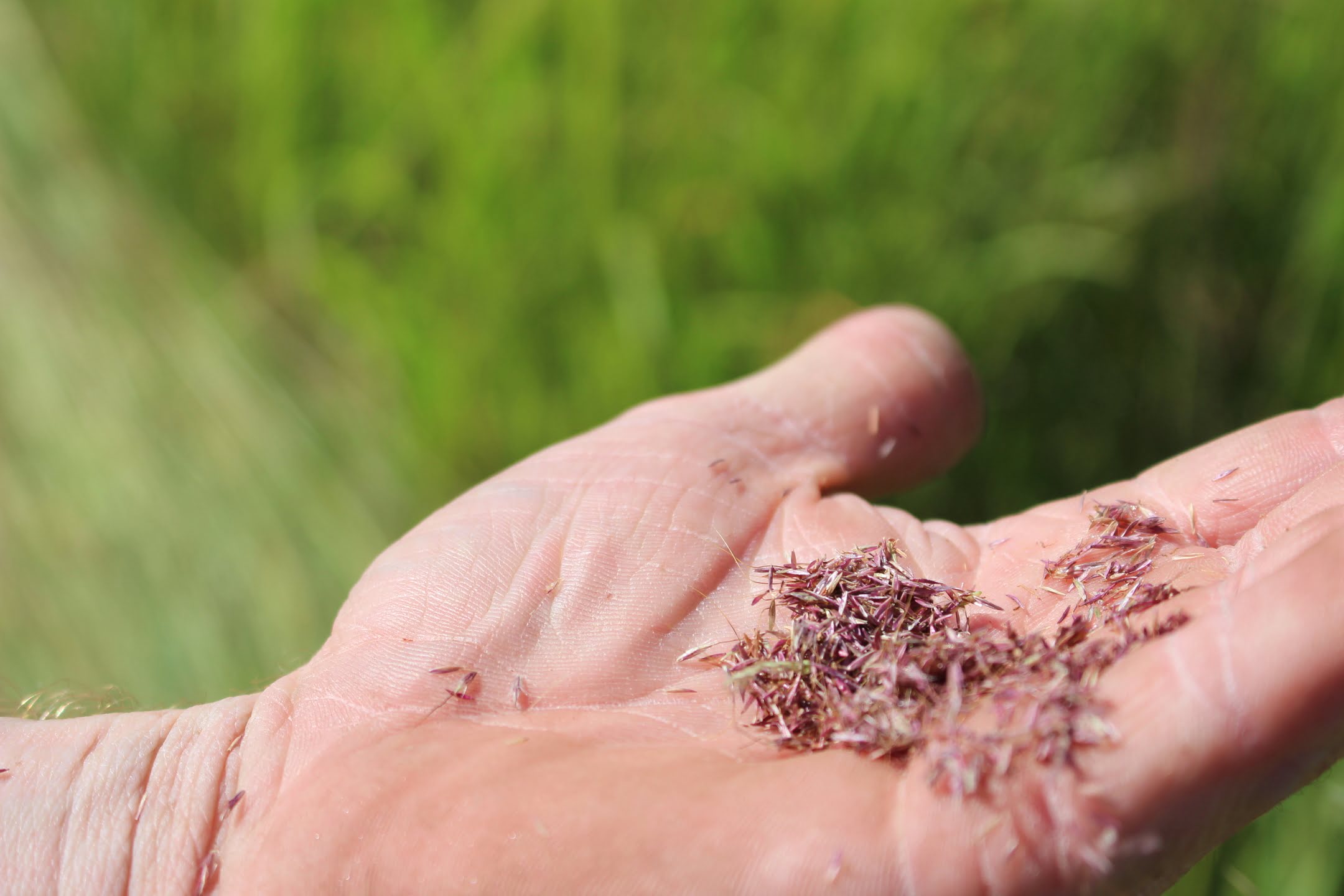
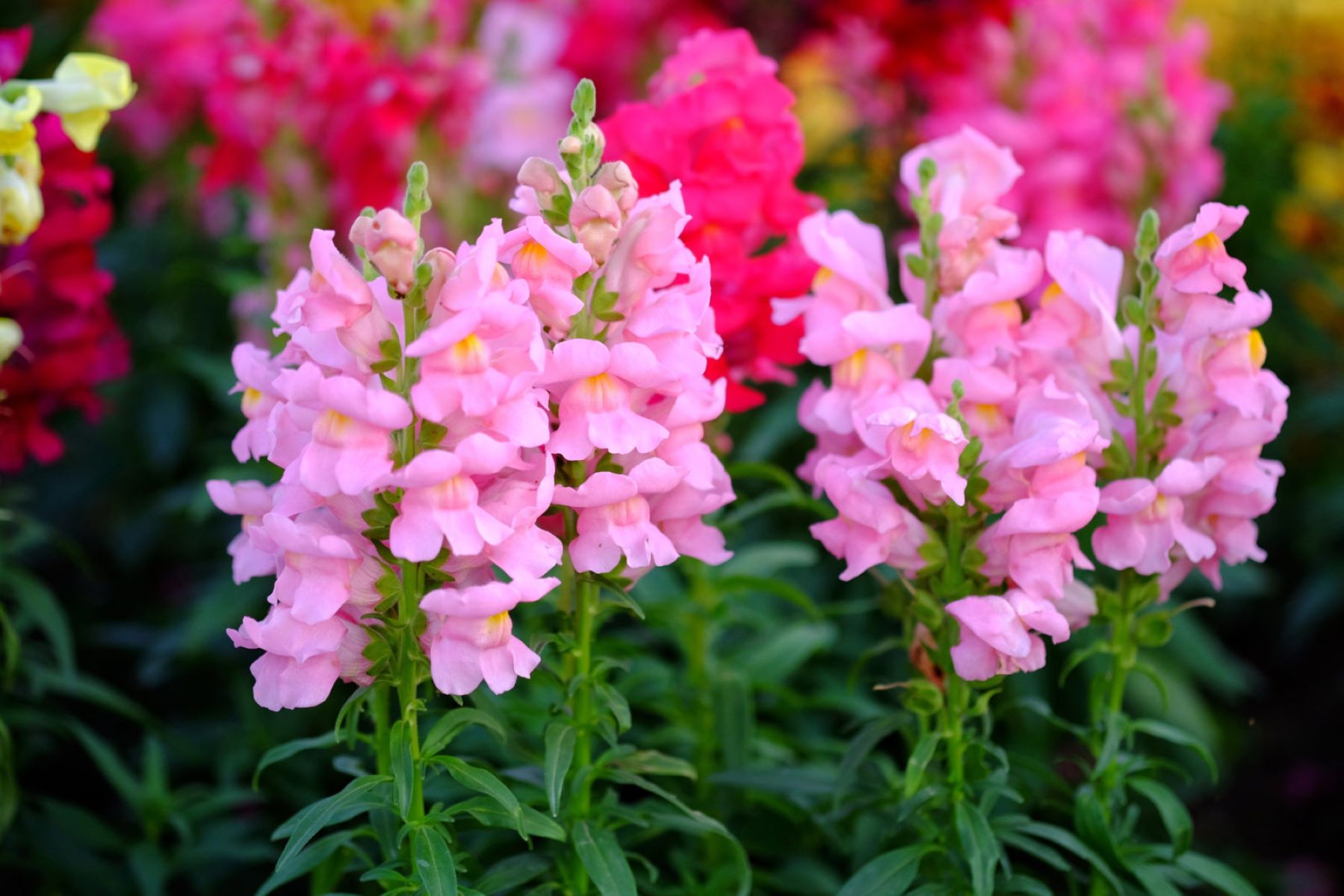
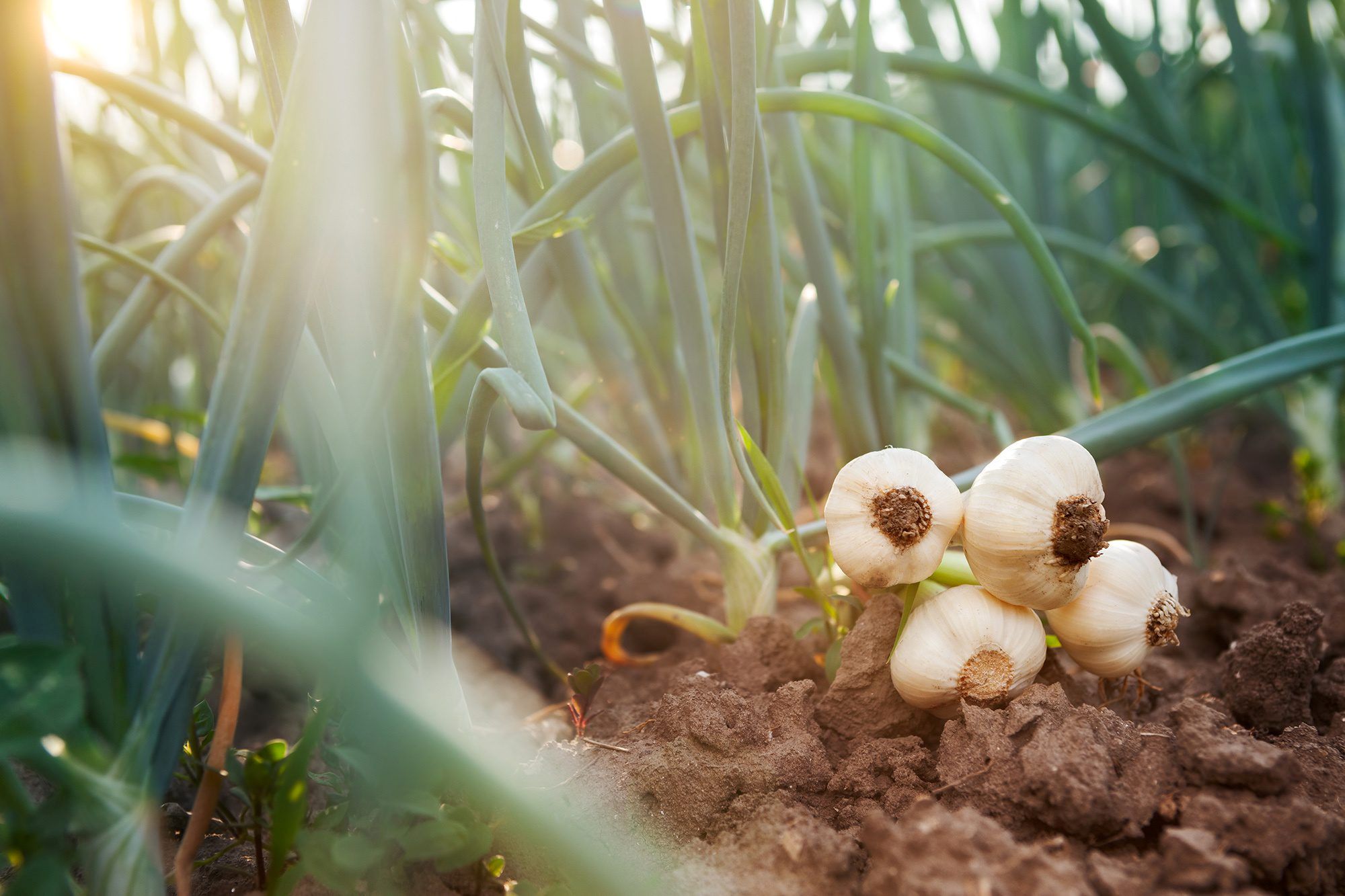
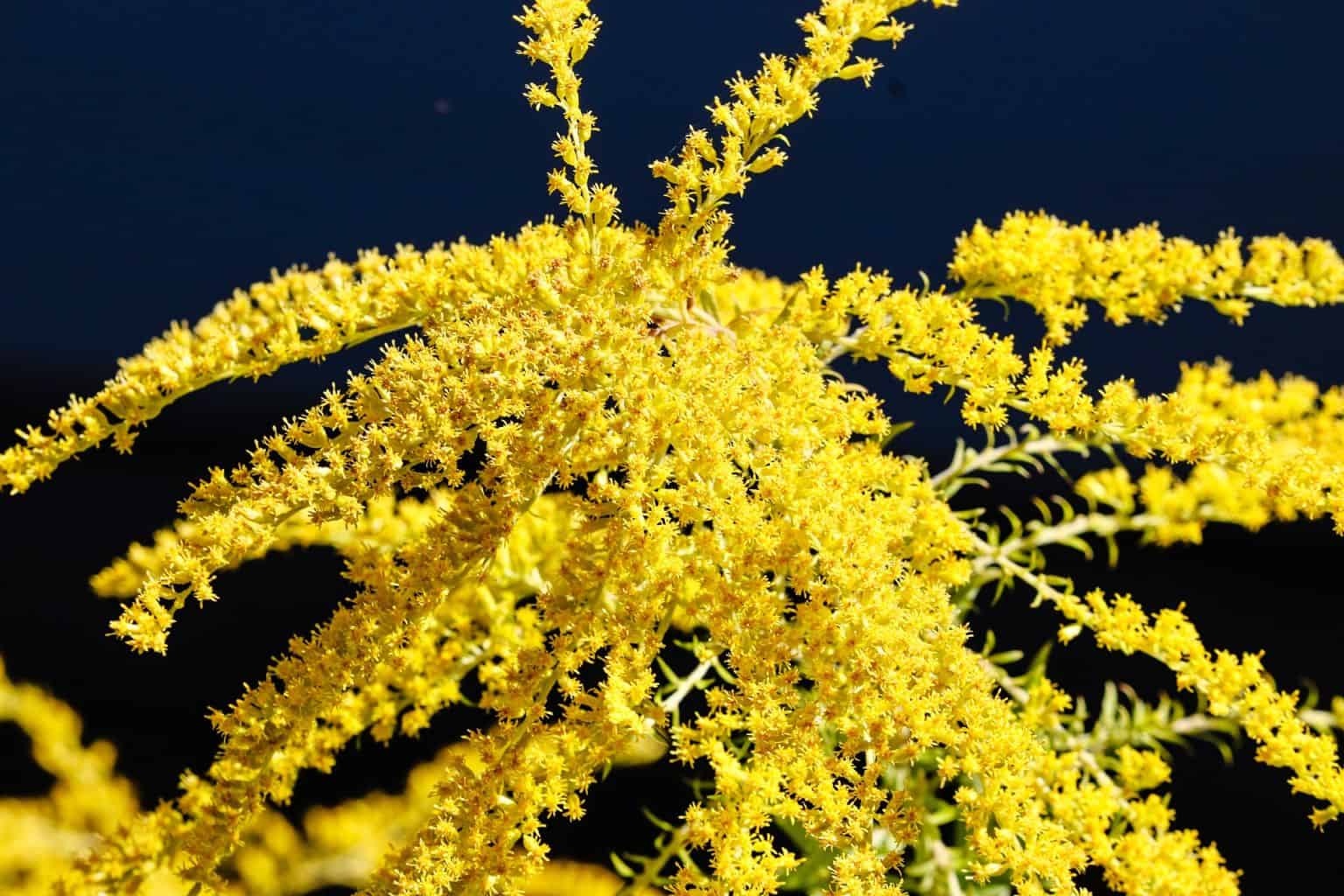
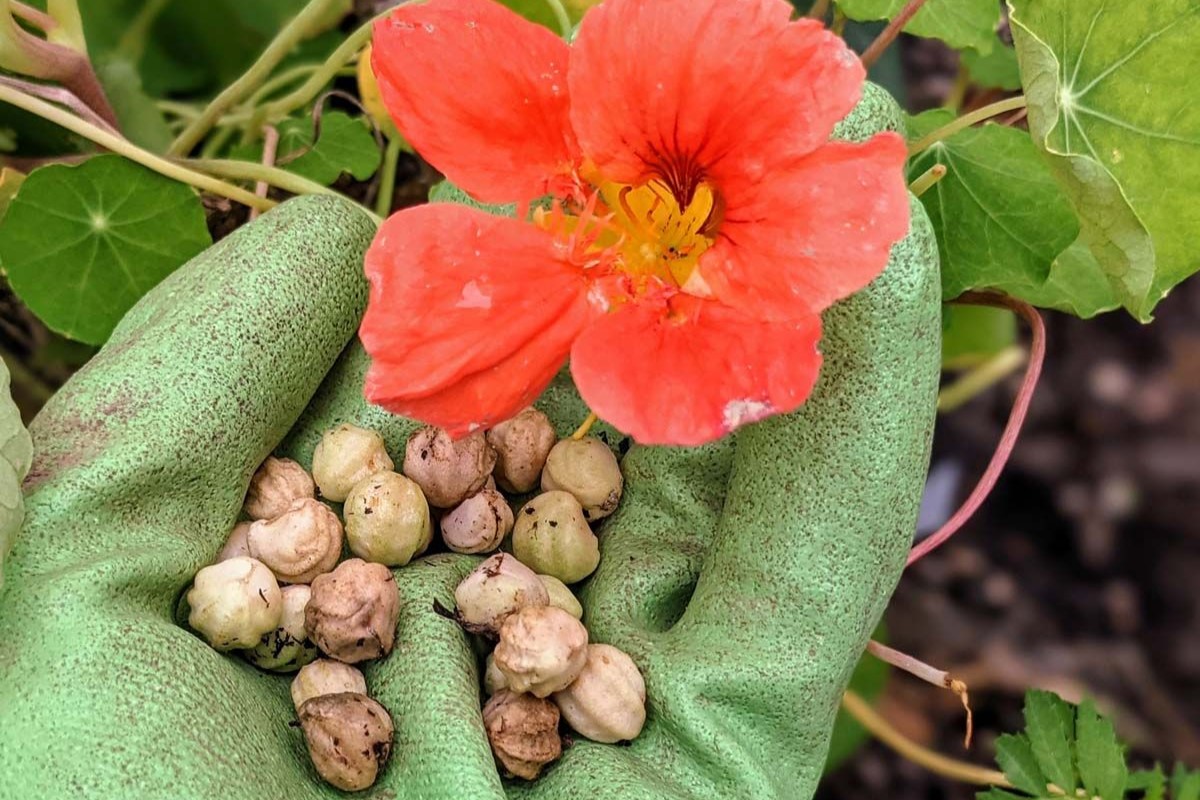
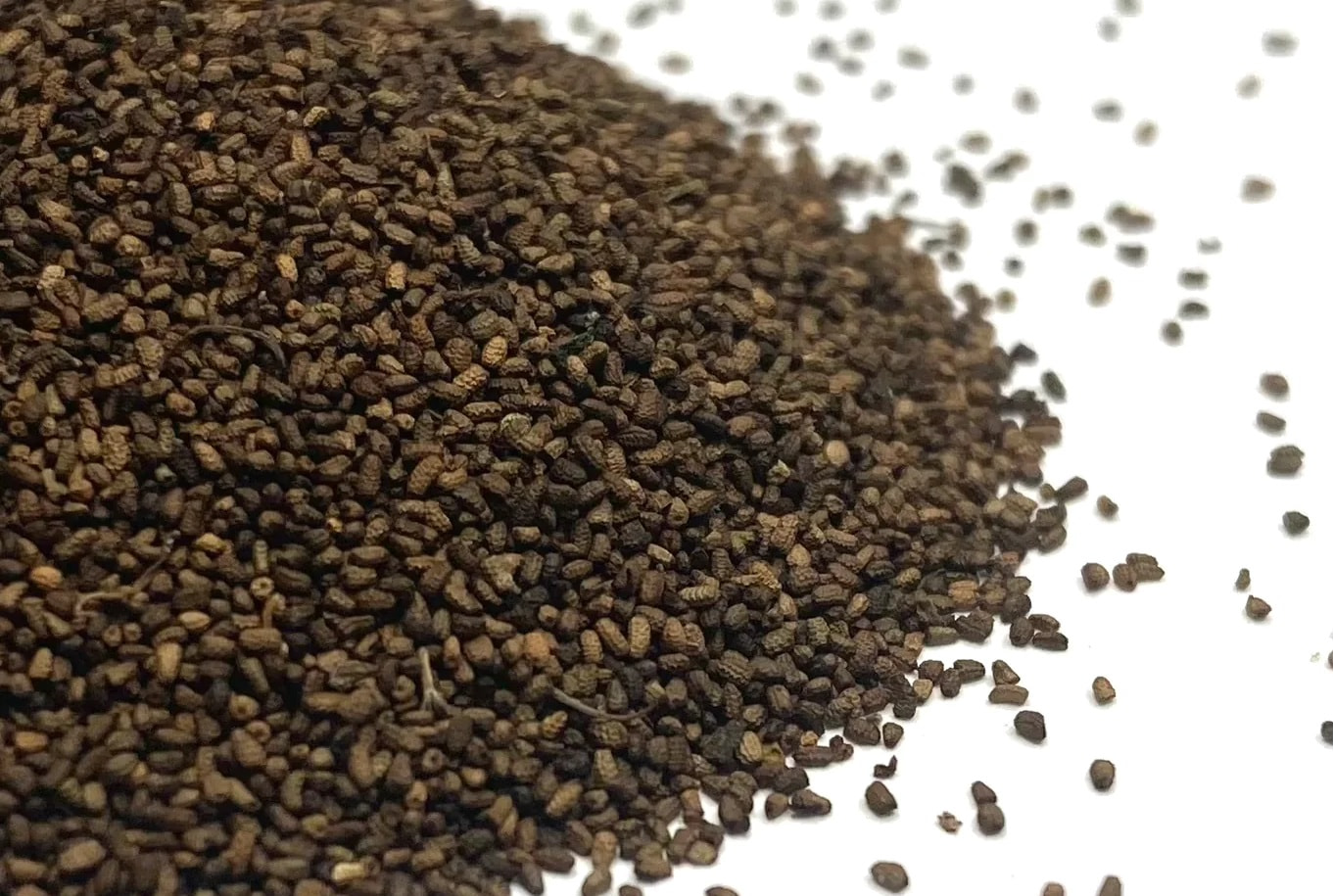
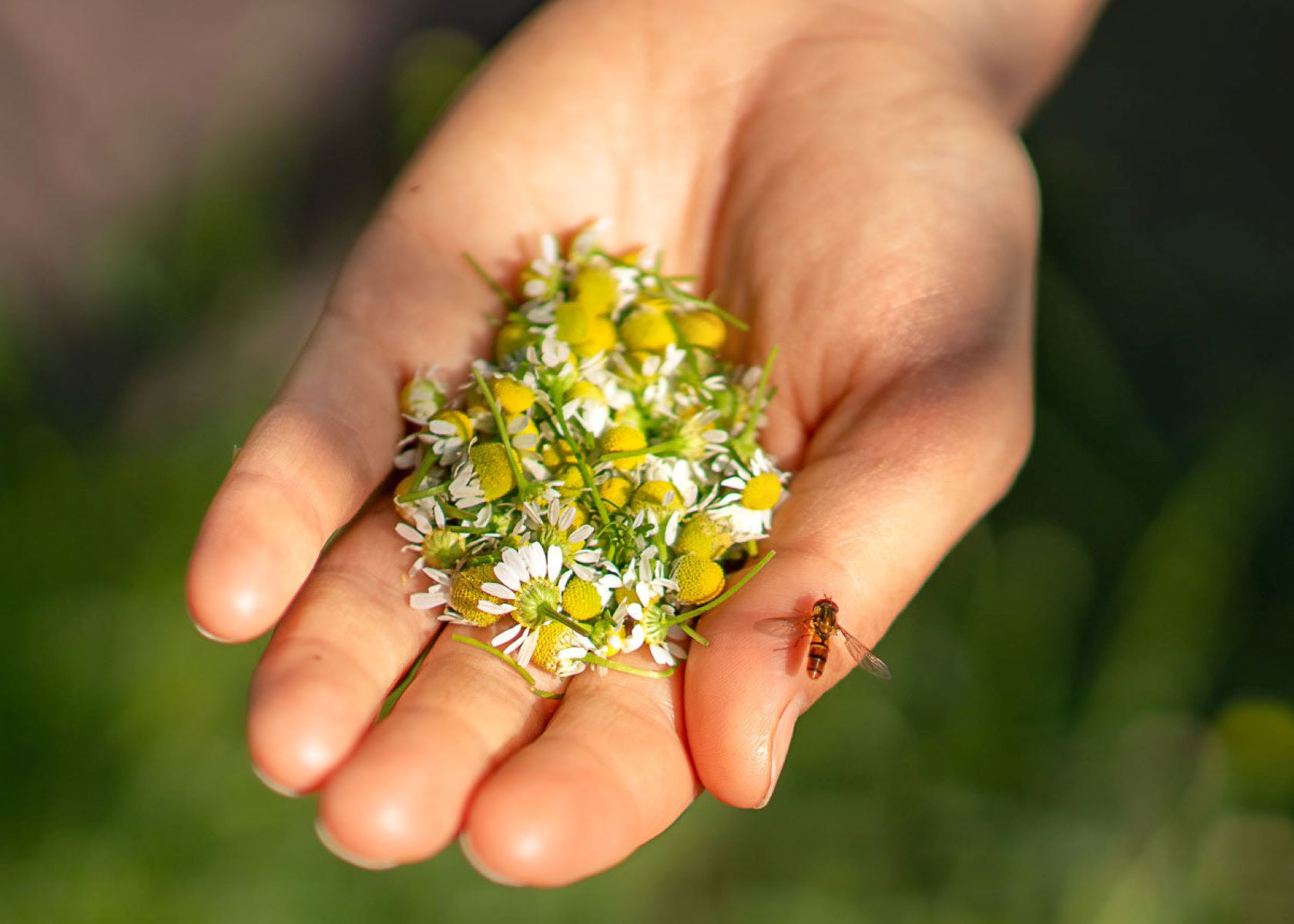
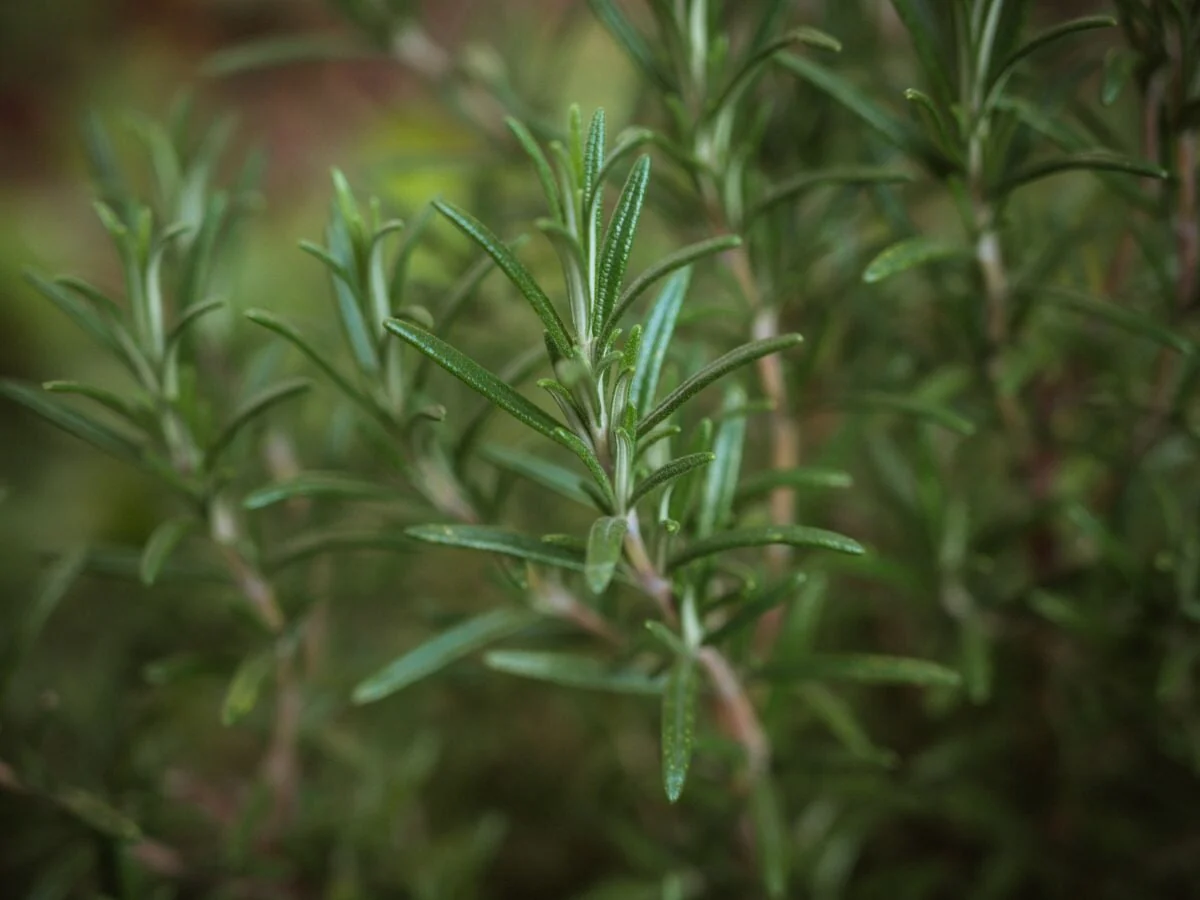
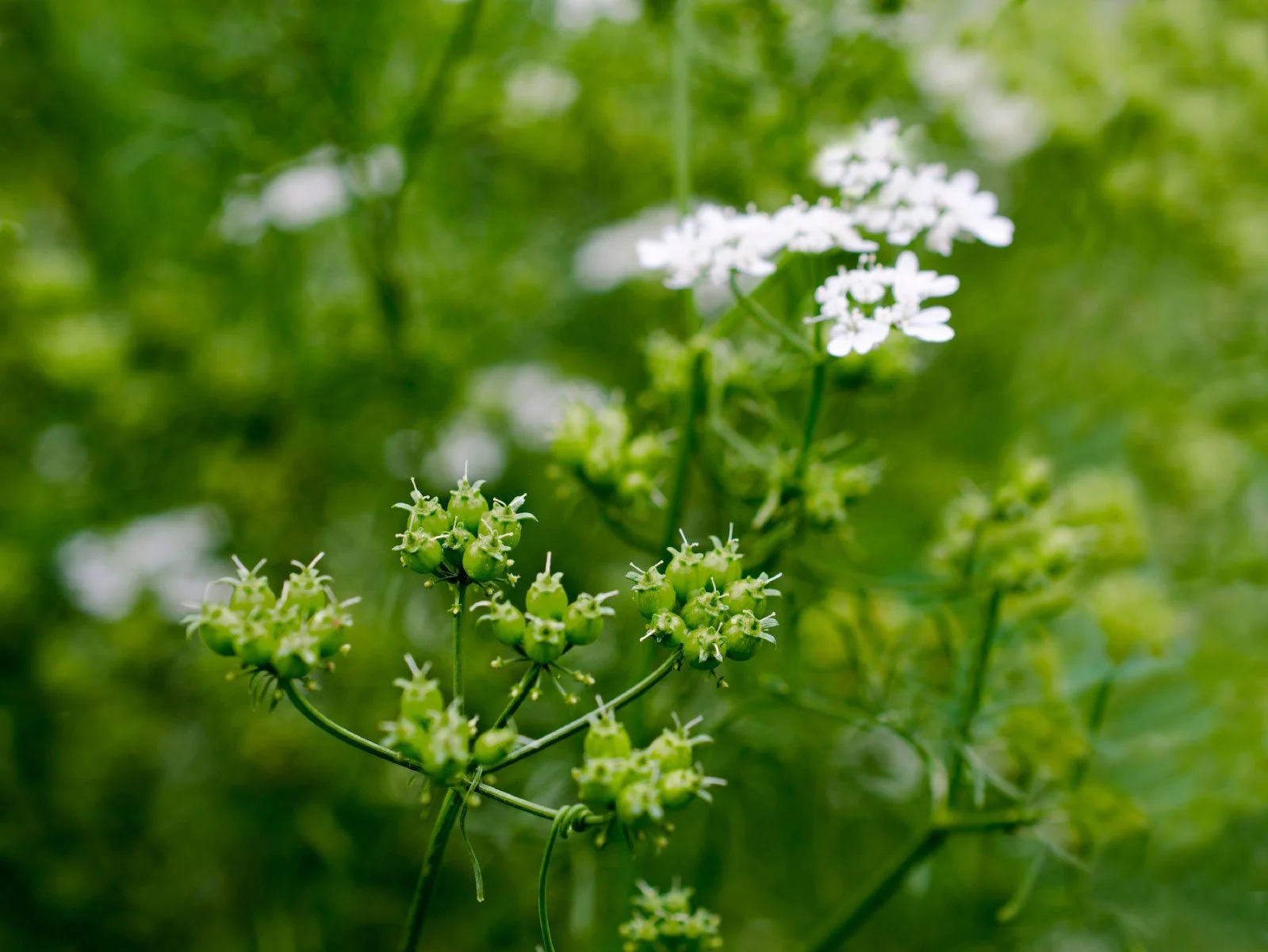
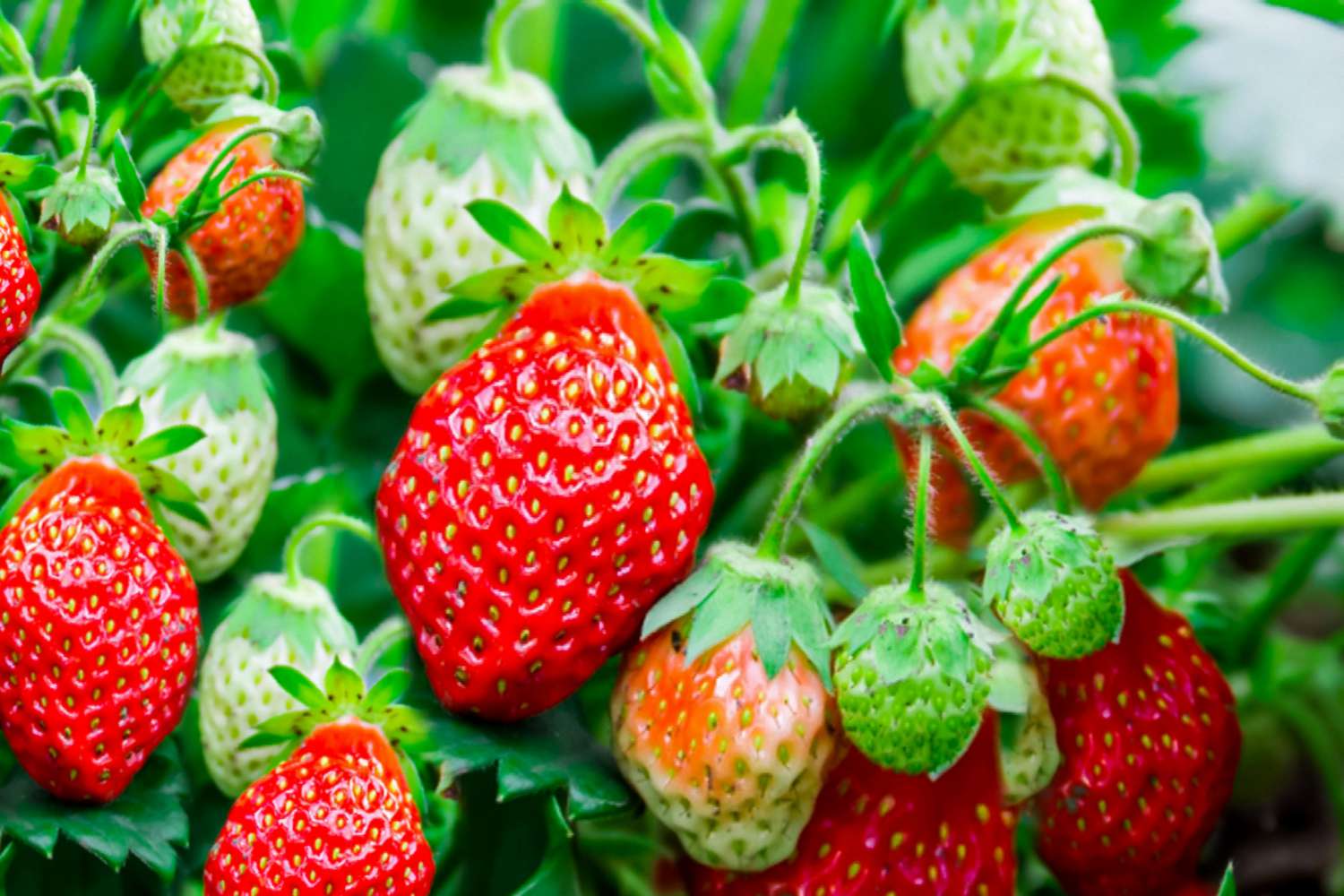
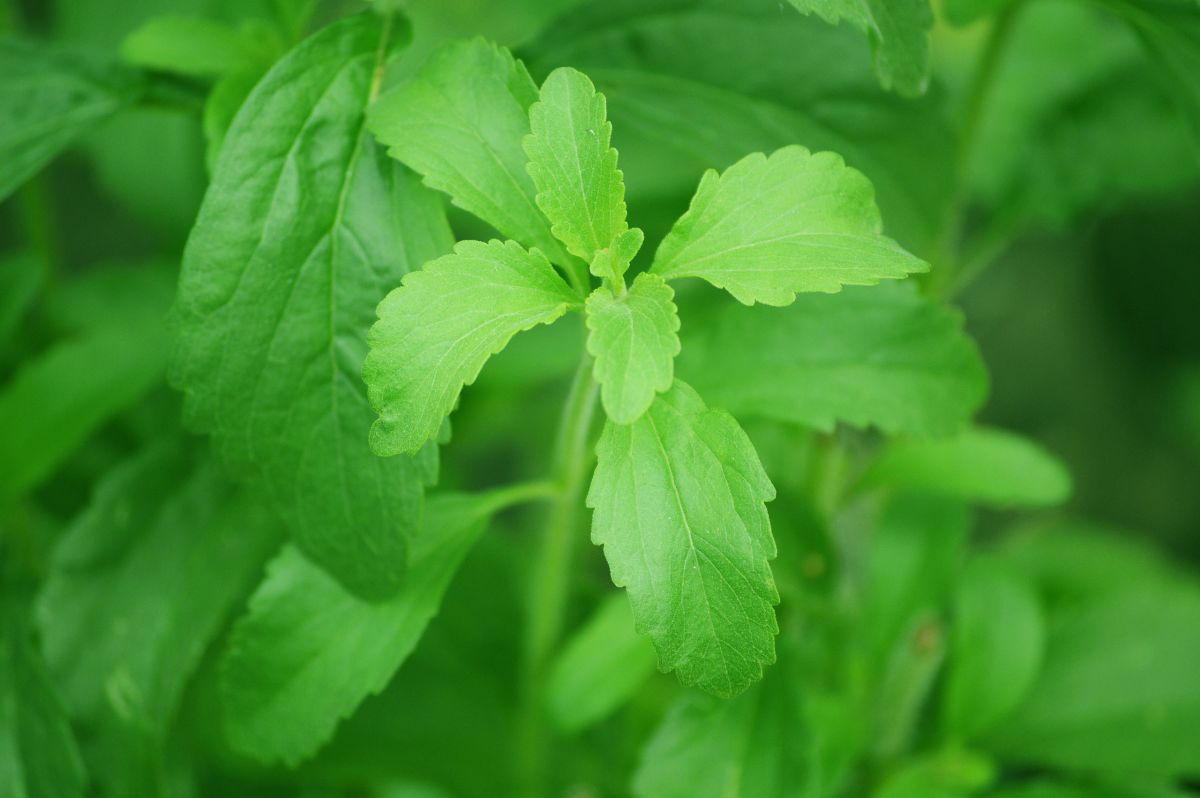
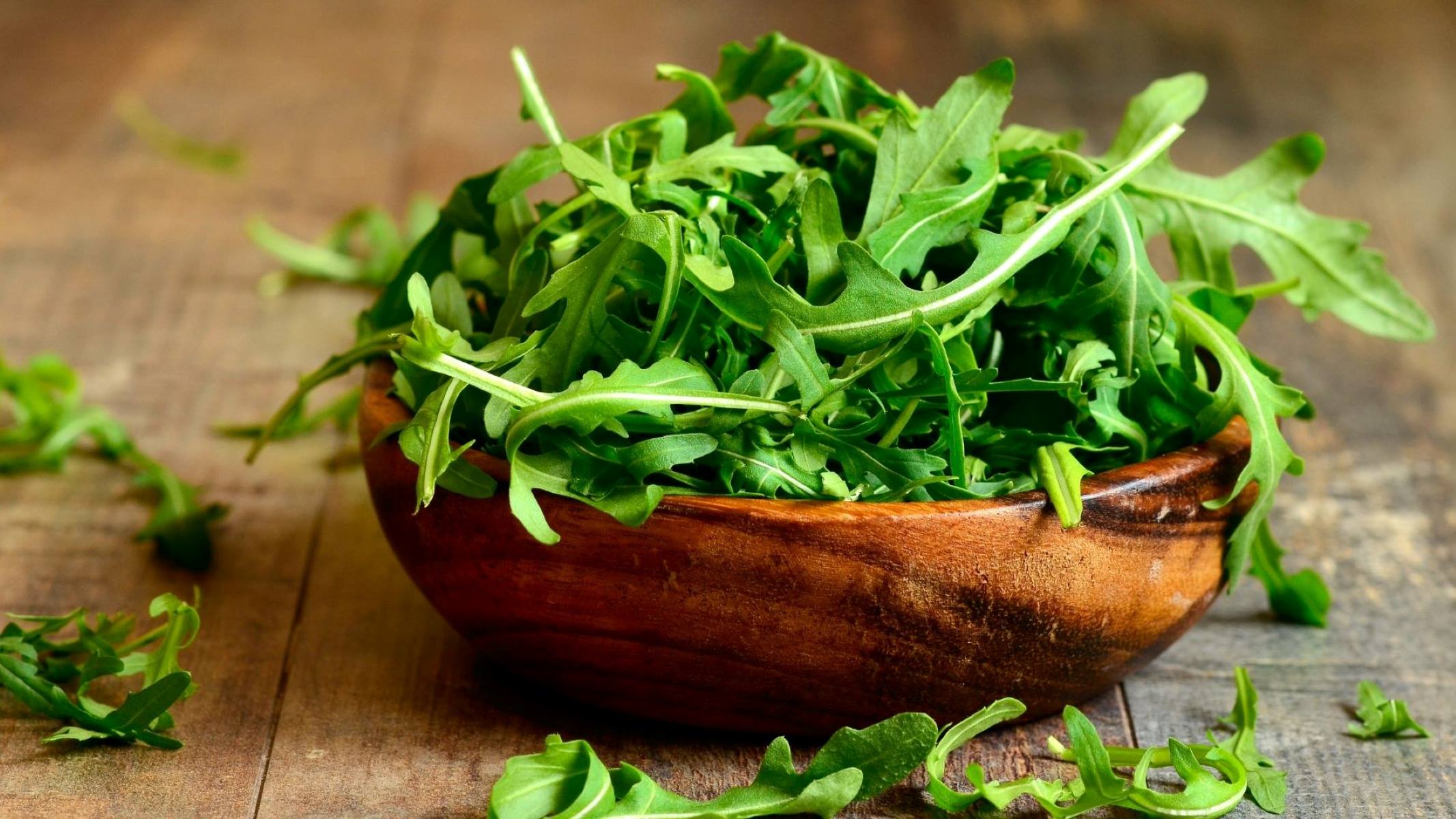
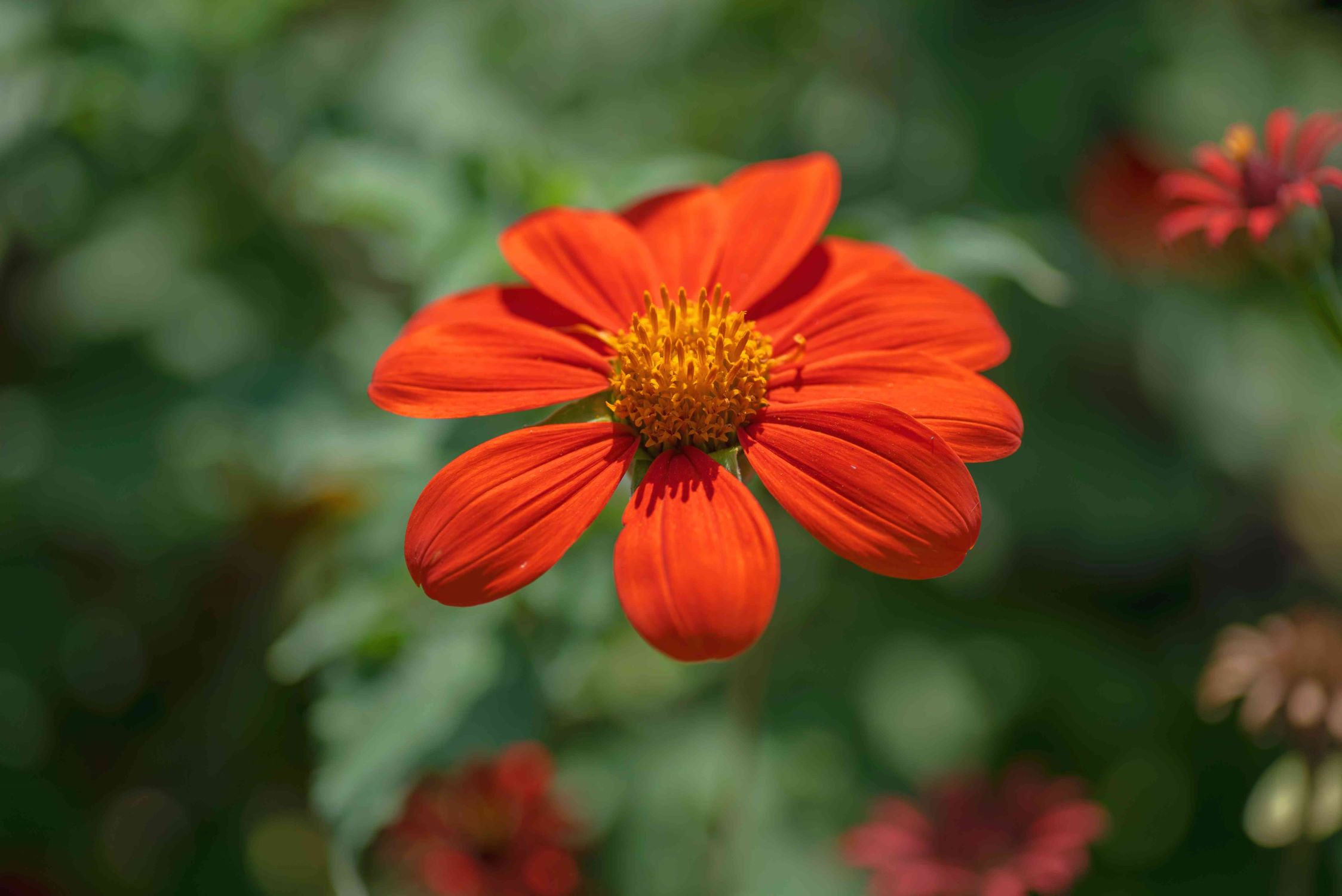

0 thoughts on “How To Harvest Onion Seeds”